Introduction
Picture your garden bursting with vibrant colors and life every spring. Not only do these scenes provide a visual feast that delights every onlooker, but they also create a thriving habitat for pollinators and contribute to your garden's ecological balance. Whether you're a seasoned gardener or a first-time planter, incorporating spring-blooming wildflowers into your landscape can transform your outdoor space into a colorful oasis, teeming with beauty and biodiversity. This guide is designed to walk you through everything you need to know about using spring-blooming wildflowers in your landscape, how to choose the right varieties, and how Plantology can meet all your planting needs.

Understanding Spring-Blooming Wildflowers
Definition and Characteristics
Spring-blooming wildflowers are those that come into bloom as the temperatures begin to rise, heralding the warmer months ahead. These plants are typically native to your area and have evolved to take advantage of the specific climatic conditions of spring. They are characterized by a burst of vibrant colors and fragrant blooms, and they play a crucial role in the early food supply for pollinators like bees and butterflies.
Unique Traits and Growth
Unlike cultivated plants, wildflowers are known for their hardiness and ability to thrive in local soil and climate conditions without the need for excessive watering or fertilization. Many of them are perennials, meaning they will grow back each spring, adding sustainability to your garden. Their adaptability allows them to fit in seamlessly with a variety of landscape designs, from formal flower beds to informal cottage gardens.
Choosing the Right Wildflowers for Your Garden
Factors to Consider
Climate and Hardiness Zone
Before selecting wildflowers for your landscape, it's important to consider your local climate and hardiness zone. Different species will thrive in different conditions. Check the USDA Plant Hardiness Zone Map to determine which zone you live in and select species that are best suited to these conditions.
Soil Type and Drainage
Evaluate the soil in your garden to determine its type—sandy, clay, loamy, etc.—and its drainage capabilities. While many wildflowers are adaptable, some specific varieties may prefer certain soil conditions. Aim for a mix of plants that will thrive in your particular environment to maximize your success.

Popular Varieties of Spring-Blooming Wildflowers
At Plantology, we provide a broad range of wildflower species suitable for various conditions. Here are a few popular choices:
Bluebells
A classic choice, bluebells add a sea of blue to your garden. They prefer shady areas and well-drained soil, making them perfect for planting under trees or in borders.
Wild Geranium
Known for their pretty pink and purple flowers, wild geraniums thrive in partly shady areas with moist soil.
Black-Eyed Susan
A member of the sunflower family, this hardy plant brings sunny yellow blooms to any garden. They prefer full sun and can withstand a variety of soil conditions.
Planning Your Wildflower Landscape Design
Design Principles
Color Schemes
Choose color schemes that complement your existing landscape and structures. For a harmonious look, consider grouping by color or creating a gradient effect with different shades.
Height and Structure
Consider the mature height of each wildflower when planning your garden. Taller flowers like wild lupine can serve as background plants, while shorter varieties such as violets can border walkways.

Creating Wildlife Habitats
Spring-blooming wildflowers are excellent for attracting pollinators such as butterflies and bees. Consider planting clusters of these flowers to create a haven for these essential creatures. The added benefit is aiding in biodiversity and creating a more balanced garden ecosystem.
Implementing Wildflowers into Various Landscape Styles
Cottage Gardens
This informal style is perfect for an abundance of wildflowers. Embed them organically along paths and among shrubs to mimic a natural woodland edge.
Formal Borders
Even structured landscapes can benefit from the controlled introduction of wildflowers. Use contrasting species to create bold blocks of color that highlight your design's rigidity.
Caring for Your Spring-Blooming Wildflowers
Watering and Feeding
While wildflowers generally require less care than cultivated plants, occasional watering during dry spells and a light layer of compost in early spring can enhance their blooms.
Pruning and Deadheading
Remove spent blooms (deadheading) to encourage a second blooming cycle and prevent unwanted seeding. Prune back any aggressive growers to maintain desired shapes and sizes.

Leveraging Plantology's Products
Wildflower Seeds and Starter Kits
At Plantology, we offer an extensive range of wildflower seeds and starter kits tailored to help your garden achieve its full potential. Our Adonidia Palm Double is an excellent choice for those looking to add vertical interest with complementing native plants.
Companion Planting Products
Consider our wide selection of compatible plants, such as the Agapanthus 'Lily of the Nile' Blue, which pairs beautifully with wildflowers and adds a cohesive aesthetic to your landscape.
Inspiration and Ideas for Your Wildflower Garden
Garden Themes and Concepts
Native Meadow
Create a native meadow by integrating wildflowers like coneflowers, milkweed, and goldenrod. This setup not only provides vibrant colors but also supports wildlife.
Perennial Borders
Combine perennials with wildflowers for long-lasting displays. Our Agave Blue acts as an intriguing backdrop or focal point in perennial borders.
Conclusion
Integrating spring-blooming wildflowers into your garden is both a beautiful and sustainable gardening practice. It fosters biodiversity, supports pollinators, and provides a breathtaking visual display each season. Whether you're developing a new garden or enhancing an existing one, let Plantology be your partner in achieving a flourishing, vibrant landscape. Browse our selection of gardening products today to get started on creating your perfect wildflower sanctuary.

Frequently Asked Questions
Do wildflowers require full sun?
Not all wildflowers require full sun. Some, like the Virginia bluebell, thrive in partial shade, while others, like the sunflower, require a full sun position.
Are wildflowers drought-tolerant?
Many wildflowers are drought-tolerant once established. However, additional watering may be necessary during prolonged dry periods, especially during their initial growth stages.
Why Choose Spring-Blooming Wildflowers?
Ecological Benefits
Spring-blooming wildflowers offer significant ecological benefits for local environments. By choosing these native species, you support local wildlife, including essential pollinators like bees, butterflies, and various beneficial insects. These creatures rely on early-blooming flowers to kickstart their life cycles after winter.
Moreover, wildflowers can help improve soil health. Their roots improve soil structure, increase porosity, and introduce organic matter as they decay, which enriches the soil. This contributes to better water retention and reduces erosion, making your garden more sustainable.
Aesthetic Appeal
Apart from their ecological merits, spring-blooming wildflowers infuse gardens with a burst of color and texture that many cultivated plants cannot match. Their natural beauty can transform any landscape into a canvas of vibrant patterns and hues. They are often more dynamic in appearance, offering a rustic and untamed charm that resonates with nature's intrinsic beauty.

Designing with a Purpose: Strategies for Success
Layered Planting
Layered planting is a technique that enhances the depth and visual interest of your garden by arranging plants in tiers based on their heights. This strategy ensures that taller plants, such as sunflowers, can form a backdrop to medium-sized plants like coneflowers, with low growers like violets placed at the foreground. This mimics natural plant growth patterns and allows each species to receive adequate sunlight.
Seasonal Succession
When planning your wildflower garden, consider seasonal succession to maintain constant blooms and visual appeal throughout the growing season. Pair early spring bloomers like tulips with late bloomers such as asters to ensure continuity in your garden's color palette. This approach not only lengthens the visual impact of your garden but also provides consistent food sources for pollinators.
Soil Preparation and Maintenance
Wildflower success begins with proper soil preparation. Test your soil to understand its pH and nutrient levels, which can guide you in making adjustments. Adding a layer of organic compost can boost nutrient content and improve texture, setting an ideal foundation for your wildflowers. Remember that maintaining soil health over time will sustain your garden’s productivity and longevity.
Creating Biodiverse Haven: Embracing Native Species
Why Native Species Matter
Native wildflowers are the cornerstone of ecological balance in local environments. They have evolved alongside local wildlife, adapting to weather patterns, soil conditions, and other ecological factors over millennia. This makes them exceptionally resilient and integral to supporting native pollinators and other wildlife.

By planting native species, you contribute to preserving local biodiversity. This action helps combat habitat loss and fragmentation, which are critical threats to many pollinators and bird species. A biodiverse garden is not just a visually delightful space; it’s a thriving, living ecosystem.
Examples of Native Wildflowers
California Poppy (Eschscholzia californica)
This iconic wildflower radiates cheerful orange hues and can be found thriving in meadows and along roadsides. California poppies are drought-tolerant and perfect for areas with dry, sandy soils.
Blue Flag Iris (Iris versicolor)
An enchanting addition to water gardens, the blue flag iris thrives in wet, marshy conditions. They provide stunning purple-blue blooms that attract a variety of flying insects and are often used in rain garden designs.
Lanceleaf Coreopsis (Coreopsis lanceolata)
This daisy-like flower produces bright yellow blooms and is highly adaptable to a range of soil types. It attracts butterflies and is an excellent choice for meadow gardens and planting wildflower strips.
Practical Tips for Planting and Nurturing Wildflowers
Planting Techniques
Start by choosing the right season for planting. For most spring-blooming wildflowers, fall is an ideal time to sow seeds. This allows for natural cold stratification, as many seeds require a winter chill before germinating in spring.

If planting in spring, ensure the last frost has passed to give seeds the best chance to establish. Lightly rake the area to mix seeds with topsoil, ensuring good seed-to-soil contact, and water gently but consistently until seedlings are established.
Watering and Maintenance
Regular watering is crucial, especially during the initial growth phase. Once established, many wildflowers become more drought-resistant. However, during extended dry spells, provide supplemental water to ensure the health and vitality of your blooms.
Continue to monitor for weeds and remove them promptly, as they compete for nutrients and water, hindering the growth of wildflowers. Incorporate a layer of mulch around plants to retain soil moisture, suppress weeds, and maintain a stable soil temperature.
Utilizing Plantology's Resources and Services
Plantology doesn't just provide the seeds and starter kits; we offer a wealth of resources to help you succeed in your gardening endeavors. From detailed planting guides to community forums where you can exchange tips with fellow gardeners, we strive to equip you with the knowledge needed for success.
Online Workshops and Webinars
Join our webinars to learn directly from horticulture experts about planting techniques, care practices, and design tips. These sessions are designed to cater to both novice and seasoned gardeners, ensuring everyone can advance their gardening skills.
Consultation Services
For a more personalized experience, take advantage of our consultation services where Plantology experts can guide you in selecting the best wildflower varieties for your specific conditions. From landscape design tailored to your site’s climate to soil assessment and preparation advice, we're here to assist every step of the way.

Inspiring Success Stories from Plantology Customers
Community Gardens and Restoration Projects
One of the heartening aspects of working with wildflowers is witnessing their transformative power in community and restoration projects. Numerous urban environments have been revitalized with wildflowers, creating green havens in unexpected places. Local communities often engage in these projects to increase green space, improve neighborhood aesthetics, and enhance residents' quality of life.
Customer Testimonials
Discover the stories of gardeners like you who have partnered with Plantology. From the novice gardener planting their first plot to experienced landscapers crafting elaborate designs, their testimonials offer insights and inspiration. They showcase the various innovative ways wildflowers can transform a space and the joys they bring to those who cultivate them.
Conclusion and Your Next Steps
The journey of integrating spring-blooming wildflowers into your landscape promises not only to beautify your surroundings but also to deepen your connection with nature. Whether creating a lush garden or rewilding a corner plot, wildflowers offer immense versatility and ecological benefits. At Plantology, we invite you to explore our resources, select your favorite seeds, and sow the first seeds towards a vibrant and ecologically sound garden.

Visit our website today to begin this rewarding journey and connect with our community of passionate gardeners committed to cultivating beauty and biodiversity.













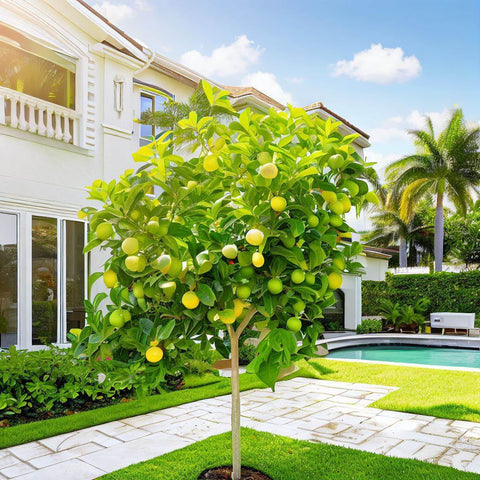


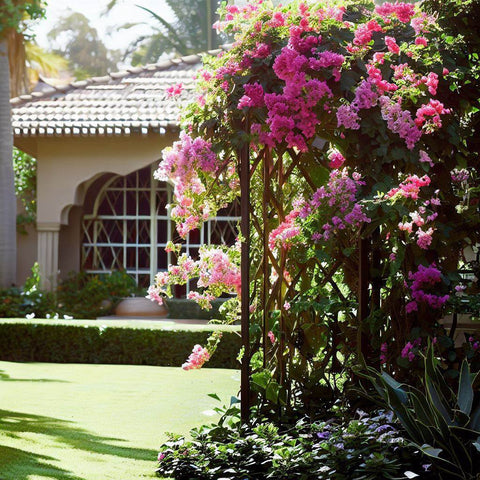
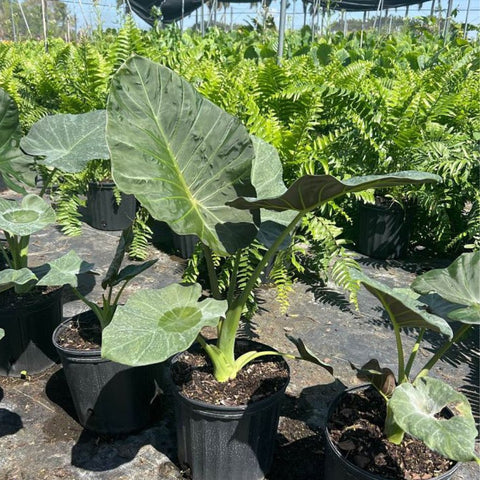
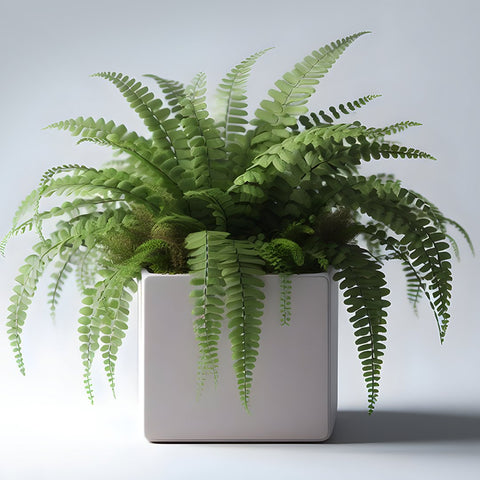
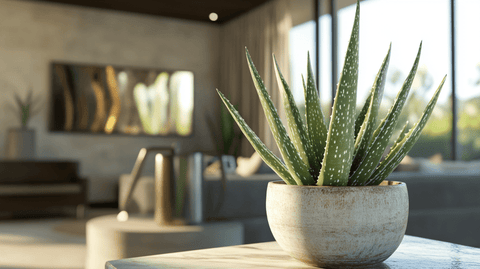










Comments (0)
There are no comments for this article. Be the first one to leave a message!